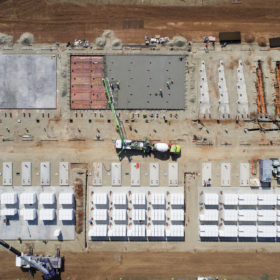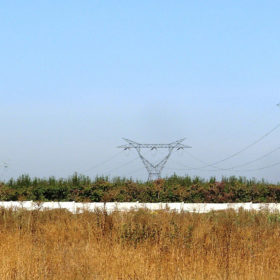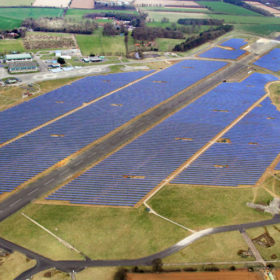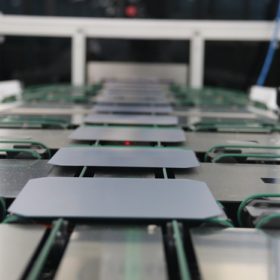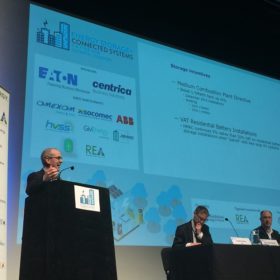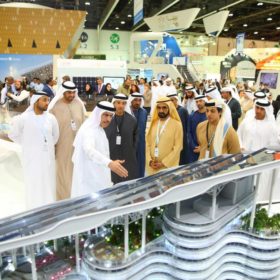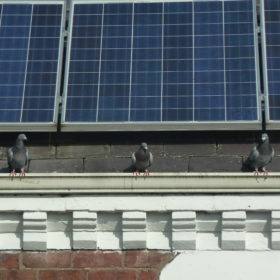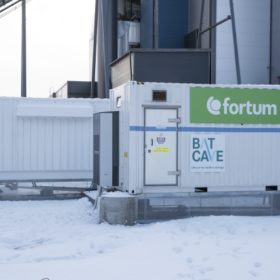Global storage growth of 4.6% in 2017 reflects patchy state of sector, finds BNEF
Despite hitting a record 1.17 GW of new grid-scale storage capacity in 2017, growth was a mere 4.6% on 2016 having surged 61% the year prior. Industry’s reliance on policy support means foundations for growth remain uneven, report finds. Average costs, however, fell by 24% last year.
IEEFA identifies nine markets pushing boundaries of variable renewables integration
Latest report by IEEFA showcases nine case studies among the world’s leading states by wind and solar market share, which can serve as an example for other countries on their energy transition pathways.
China to achieve solar grid parity in 2023, slow development of storage hinders RE adoption, survey shows
Examining the outlook for renewables, grid and infrastructure, and energy storage for the next five years and beyond, the Lloyd’s Register 2018 Technology Radar study asks the question: When will renewables become the dominant source of energy?
Analysis: Longi mono wafer expansion plans could yield H2 oversupply
Independent solar analyst, Corrine Lin believes that Longi’s plans to triple monocrystalline wafer production capacity to 45 GW by 2020 could trigger an oversupply problem in the second half of this year.
Waiting for the World Bank’s Scaling Solar and Storage program
Expectation is rising that the World Bank’s Scaling Solar program will soon expand to include energy storage. A presentation by global law firm, Eversheds Sutherland this week in London added further weight to this.
Report: Venture capitalists fall in love with battery storage
According to a report released by Mercom Capital, venture capital firms showered battery storage companies with money to the tune of US$714 million last year.
Trina Solar ships over 9 GW of PV modules in 2017
Trina Solar shipped over 9 GW of PV modules in 2017, thus further cementing its leading status in the global solar industry.
WFES 2018: Three trends driving PV in MENA
Two weeks ago, the 8th World Future Energy Summit opened its doors in Abu Dhabi. The conference and trade show comprised six co-located events across the cleantech spectrum, and attracted over 33,000 visitors across four days. The rapid increase in the scale of activity within the solar sector in the region was on display throughout the show. Here are three key takeaways from WFES 2018.
The weekend read: Five key questions facing rooftop solar in 2018
Distributed solar can arrive in many forms, from the typical small array installed on a family home, to vast, multi-megawatt installations atop large warehouses and factories. Each market sector faces its own challenges and opportunities, and pv magazine has identified five key questions that could well shape these various rooftop sectors throughout 2018 and beyond.
Battery, smart grid and efficiency companies raise $1.5 bn in VC funding in 2017 – Mercom
In 2017, battery storage, smart grid and energy efficiency companies saw a YoY increase in venture capital funding, garnering a combined US$1.5 billion, up from the $1.3 billion raised in 2016, finds the latest Mercom Capital report.
